Acclaimed author Truman Capote was born in 1924 in New Orleans. An openly gay man from the deep south, Capote defied social expectations and lived his life authentically despite the risk. Known for his small stature and large personality, he surrounded himself with the most famous, fashionable, and wealthy women in New York, whom he affectionately referred to as the swans. In addition to being frequently featured in the press, Capote and several swans also had significant connections to magazine publishing. From his teenage job at the New Yorker in 1942 to the explosive 1975 Esquire expose of his famous friends, periodicals played a major role in Capote’s rise to fame as well as his descent into infamy. This post will explore how periodicals shaped the lives of Truman Capote and the swans-and how a magazine would eventually destroy these friendships.
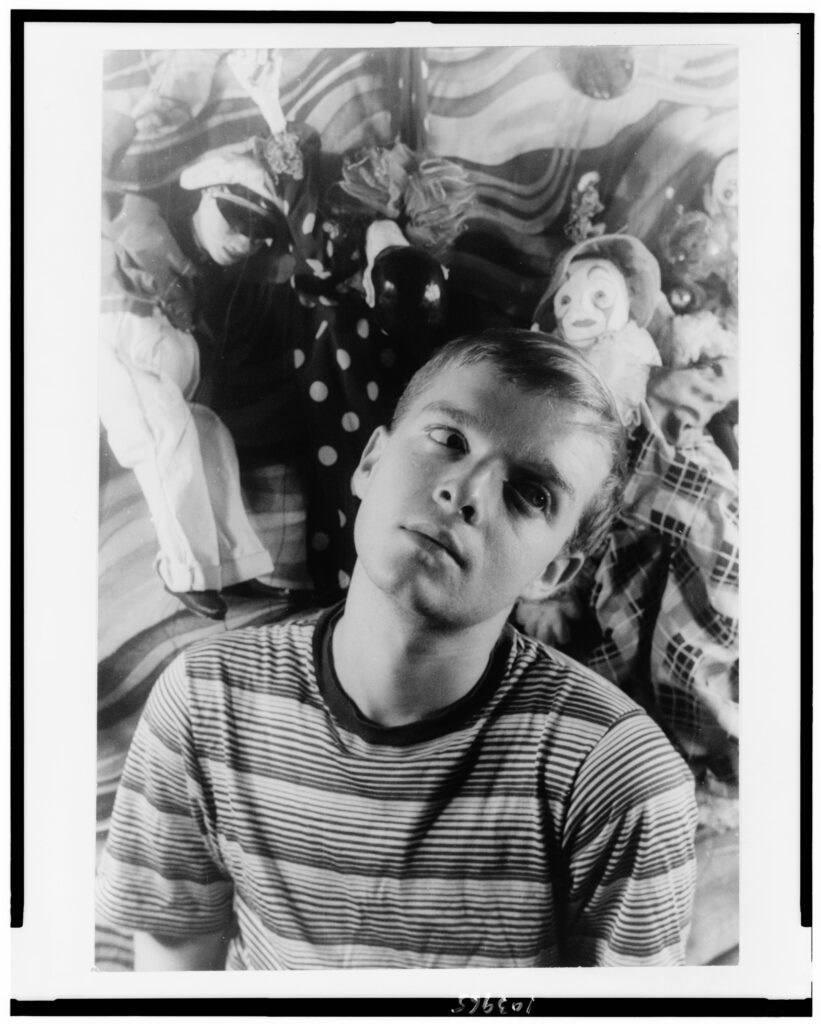
Capote began to gain recognition after the publication of his first novel, “Other Voices, Other Rooms” in 1948. He was already taking inspiration from the people in his life, as the character Idabell is said to be based upon his childhood friend Harper Lee. As early as 1950, newspapers noted that, “Mr. Capote’s bizarre stories evidently did not come entirely from his imagination,” as he frequently created characters from people he knew, a method which would eventually come to haunt him. His biggest successes would come more than a decade after he published his first novel. “Breakfast at Tiffany’s” first debuted in 1958 in Esquire magazine before it was published as a book along with three of Truman Capote’s short stories. Capote recognized the pivotal role of magazines and in the acknowledgements to the first print edition of “Breakfast at Tiffany’s” he thanked, “Botteghe Oscure, Harper’s Bazaar, Mademoiselle and Esquire, in whose pages these stories originally appeared.” When the film starring Audrey Hepburn was released in 1961, it met with immediate and enduring success. In 1965, the result of six years of Capote’s research on the Clutter family murders was first printed in The New Yorker magazine, spanning four issues. “In Cold Blood” was published as a non-fiction novel in 1966, quickly becoming a best-seller and cementing Capote’s fame and reputation as one of the most celebrated writers of his generation.
Meet the Swans
Truman Capote bestowed the title of swan upon his friends who were the leading ladies of the society pages. This included Barbara “Babe” Paley, C.Z. Guest, Slim Keith, Lee Radziwill, Gloria Vanderbilt, and Marella Agnelli among others. Together they hosted and attended lavish events, traveled the world in first class style, and perfected the art of gossip. As socialites the swans were frequently featured in magazines and several also worked in magazine publishing.
C.Z. Guest
C.Z. Guest was born Lucy Douglas Cochrane in Boston in 1920, nicknamed C.Z. by her siblings. She became known as C.Z. Guest in 1947 upon her marriage to Winston Frederick Churchill Guest, second cousin of Winston Churchill. C.Z. was frequently on the top of best dressed lists, but she was also a published author and gardening columnist. You can find C.Z. in society pages throughout the years under her given name, Lucy Cochrane as well as her married name, Mrs. Winston Guest. The press closely followed her tastes in fashion, gardening, and travel and frequently reported on the events she attended with her famous friends. In 1978 she began writing a syndicated weekly column, “Around the Garden”, which was distributed in over 350 newspapers across the U.S. Truman Capote wrote the introduction to her book, “First Garden,” and her November 2003 obituary in the New York Times described Truman as her “dear, dear friend.”
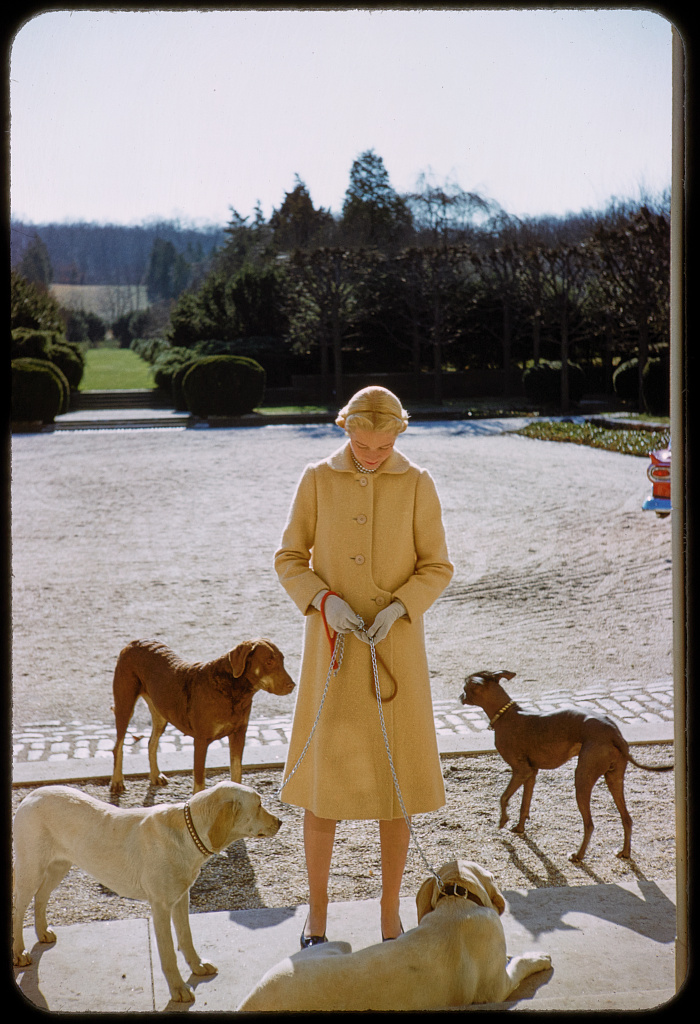
Lee Radziwill
Lee Radziwill was likely one of the most photographed of all the swans, often captured in the press with her sister, First Lady Jacqueline Kennedy. Lee’s given name was Caroline Lee Bouvier, and she later took the married names of Canfield, Radziwiłł and Ross. With her 1959 marriage to Prince Stanisław Radziwill of Poland she became known as Princess Radziwill. In addition to gracing the pages of Vogue, Lee took her turn as a writer for McCall’s, reporting on location for Paris fashion week. Lee traveled with Truman Capote on the 1972 Rolling Stones American Tour, which Capote was covering for Rolling Stone-an assignment he would ultimately not complete.
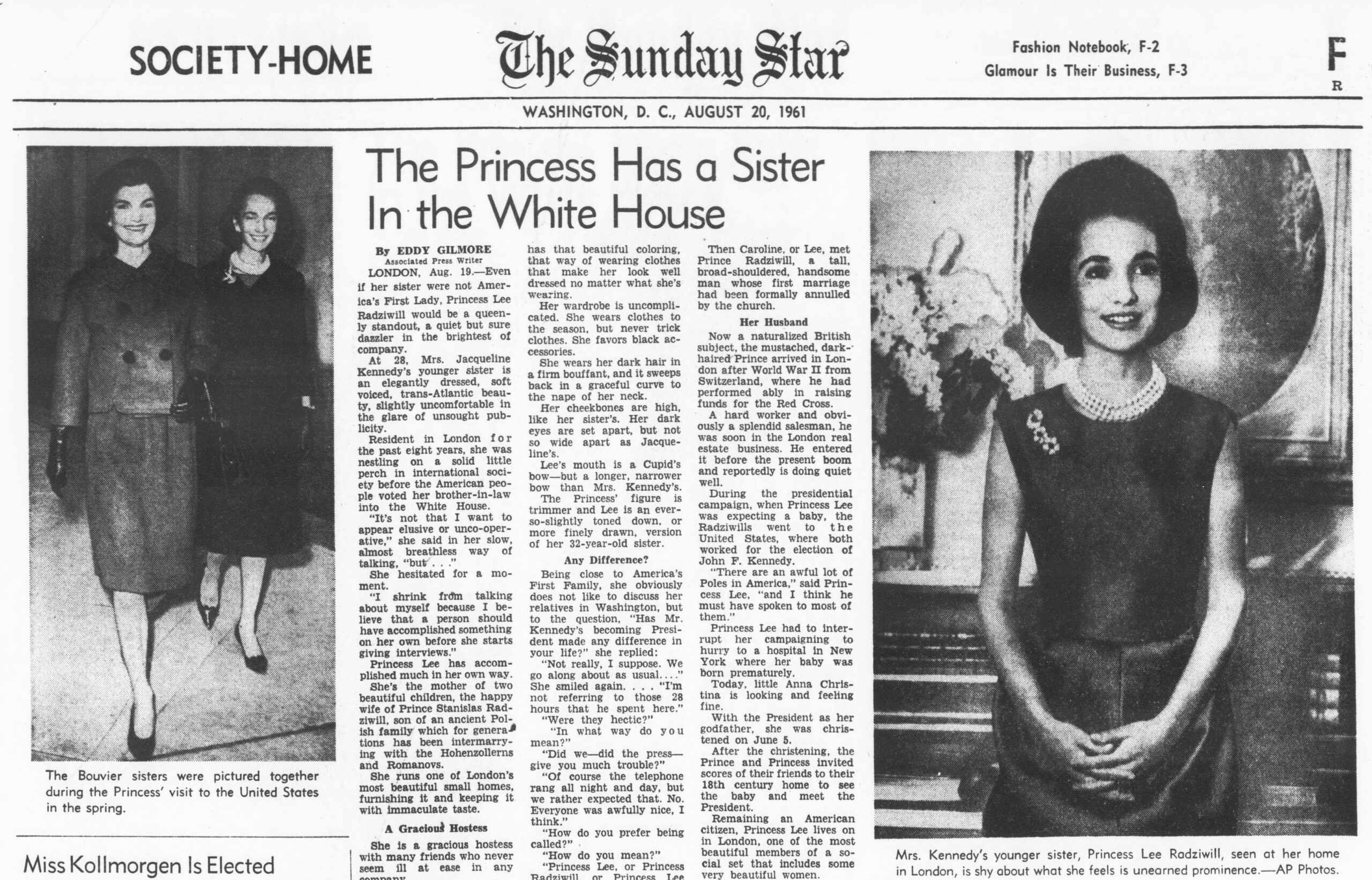
Gloria Guinness
Gloria Guinness was born Gloria Rubio y Alatorre in Mexico in 1912. Gloria was a contributing editor and writer for Harper’s Bazaar beginning in 1963. Gloria wrote about fashion and travel, but also more complicated topics like reflections on her Mexican identity. A demonstration of Gloria’s influence on fashion, in 1961 she placed second to First Lady Jacqueline Kennedy in the New York Couture Group’s list of 12 best dressed women. Gloria was frequently referred to in the press as the most elegant woman in the world.
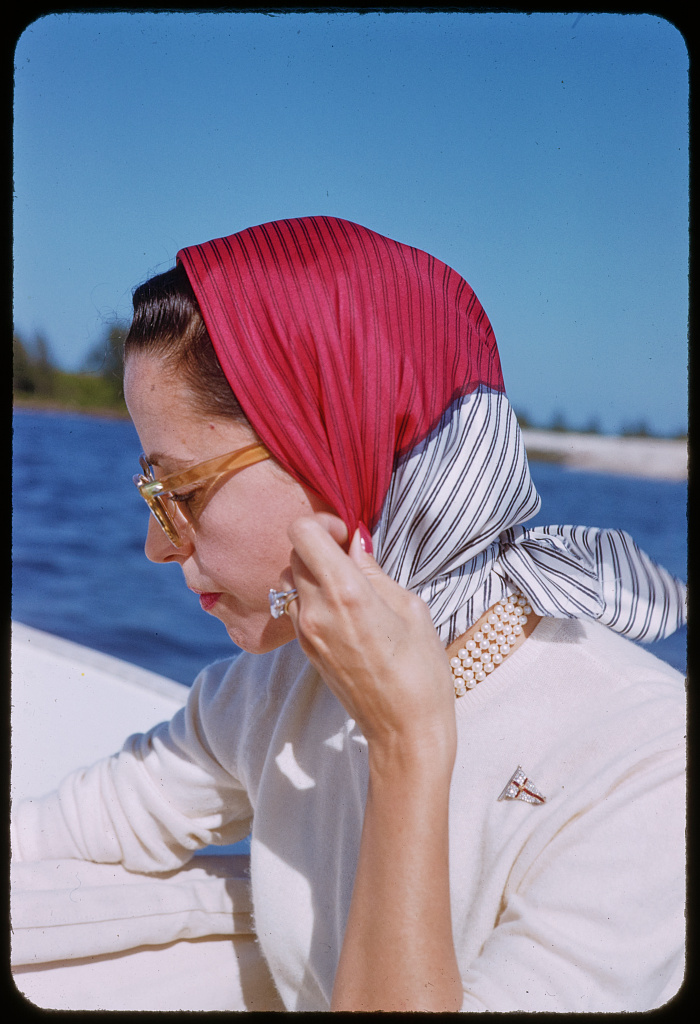
Barbara “Babe” Paley
Barbara “Babe” Paley was born Barbara Cushing in Boston in 1915. Babe was known during her first marriage as Barbara Mortimer or Mrs. Stanley Mortimer. Throughout her life, newspapers and magazines followed the exploits of Babe and the fabulous Cushing sisters as they dazzled in the latest fashions, practiced philanthropy, married famous men, and attended the most prestigious social functions. Truman and Babe were very close friends, and they even vacationed together. Beginning in 1938, Babe was a fashion editor for American Vogue for ten years until she married William Paley, CEO of the Columbia Broadcasting System (CBS).
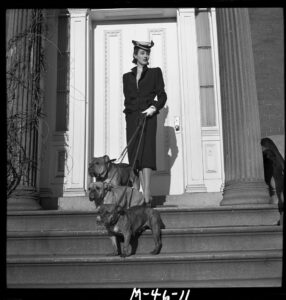
The Swan Song
The swans had trusted Truman Capote and after years of friendship, he exposed their darkest secrets. In November 1975, Capote sent shockwaves through the Manhattan elite with the publication of “La Cote Basque, 1965” in Esquire magazine. This was the first chapter of his then in-progress novel, “Answered Prayers.” The swans identities were either thinly veiled or not hidden at all as Capote vividly sketched the skeletons in their closets. The chapter follows Lady Ina Coolbirth (Slim Keith) lunching with Jonesy (Truman Capote) as they share vicious gossip. Ann Woodward as “Mrs. Ann Hopkins” was accused of murdering her husband. His beloved Babe Paley appeared as “Cleo Dillon,” whose husband had a messy affair with the Governor’s wife. Cole Porter was outed as gay as the narrator describes how he propositioned a male waiter, who then demanded increasing amounts of money. Lee Radziwill and Jacqueline Kennedy appeared under their own names, but came away relatively unscathed. Esquire published two additional chapters, “Unspoiled Monsters” (May 1976) and “Kate McCloud” (December 1976), but neither received the attention and outrage of “La Cote Basque, 1965.” Capote had betrayed his friends and was ostracized by most of his social circle. He increasingly took solace in drugs and alcohol, and when Studio 54 opened in 1977, he was regularly spotted there feeding his addictions.
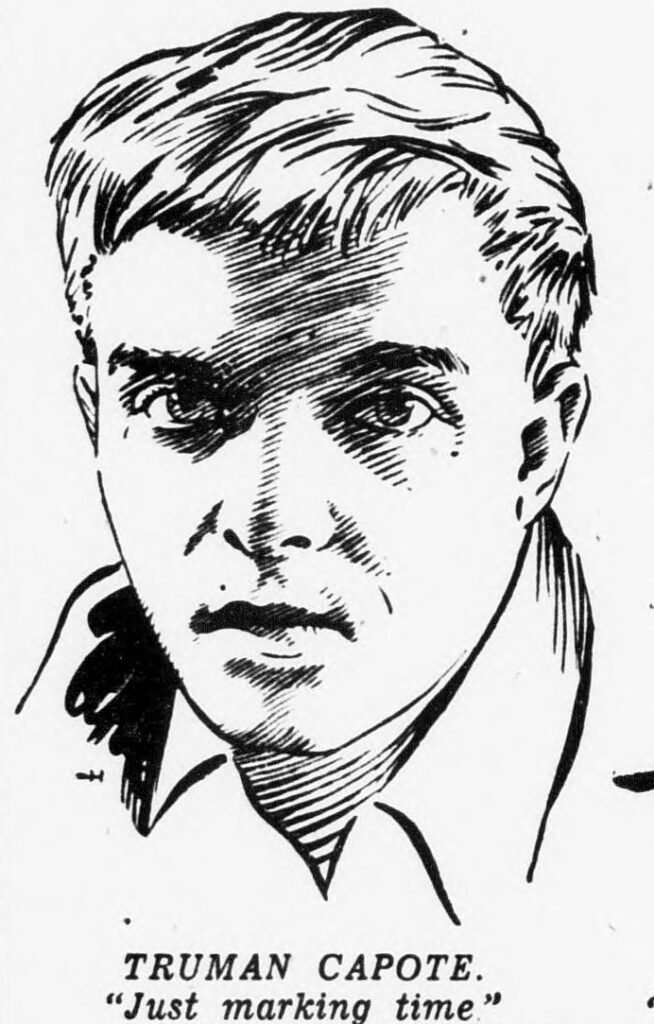
Truman Capote passed away in 1984 after years of battling addiction. Capote remains one of the most celebrated and controversial authors of his generation, never leaving behind his southern gothic roots. His work remained unique as it explored, “…the fascination of evil for the innocent, the inextricable mingling of beauty and decay” (Evening Star, February 27, 1949). Despite the turmoil Capote experienced after his fall from favor, he left a literary legacy to be proud of. Capote’s first novel, “Other Voices, Other Rooms” (1948) featured gay characters during a time when homosexuality was criminalized in the U.S. “Breakfast at Tiffany’s” has become a cultural touchstone. His nonfiction novel “In Cold Blood” (1966) has been credited with sparking a true crime genre obsession that endures to this day. I hope you enjoyed this peek into the role magazines played in the rise and fall of Truman Capote and the swans.
Discover More:
- The Washington Post publisher Katharine Graham was friends with Truman Capote, but she was not technically a swan. Capote named Katherine Graham as the guest of honor at his famous Black and White Ball in 1966. The guest list for the ball was so coveted, it was printed in the New York Times (November 29, 1966).
- The film adaptations of “Breakfast at Tiffany’s” and “In Cold Blood” were both inducted into the Library of Congress National Film Registry
- See the Truman Capote Papers in the Manuscript Reading Room
- Find photographs on loc.gov of Truman Capote, Gloria Guinness, C.Z. Guest, Lee Radziwill and the swans at home and out on the town
- Read more Library of Congress blog posts on Truman Capote: The Notebooks Behind Truman Capote’s “In Cold Blood” and “A Christmas Memory,” Truman Capote’s Classic, Handwritten at the Library